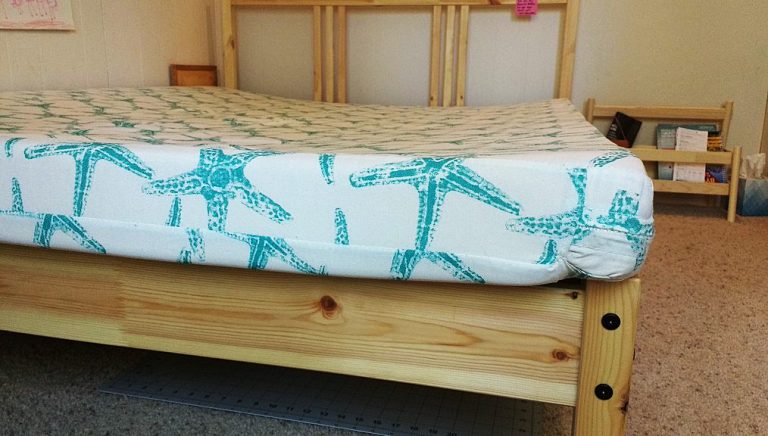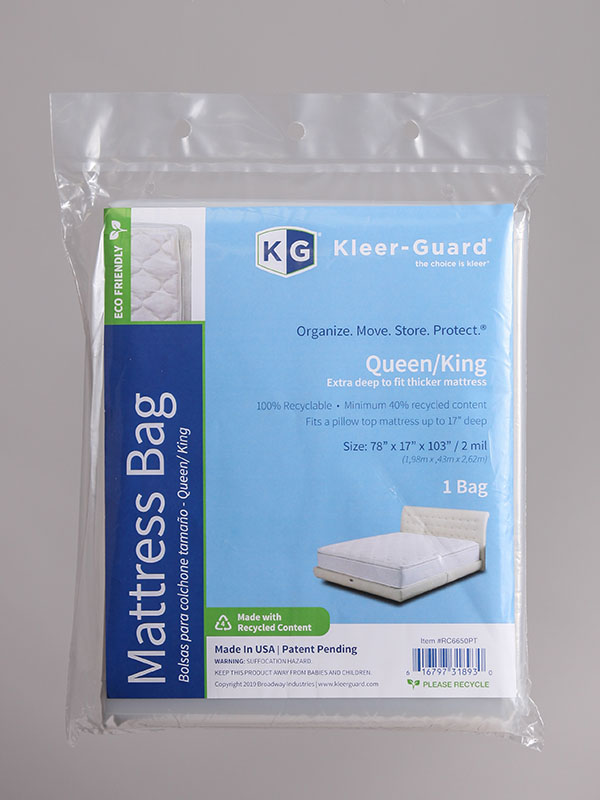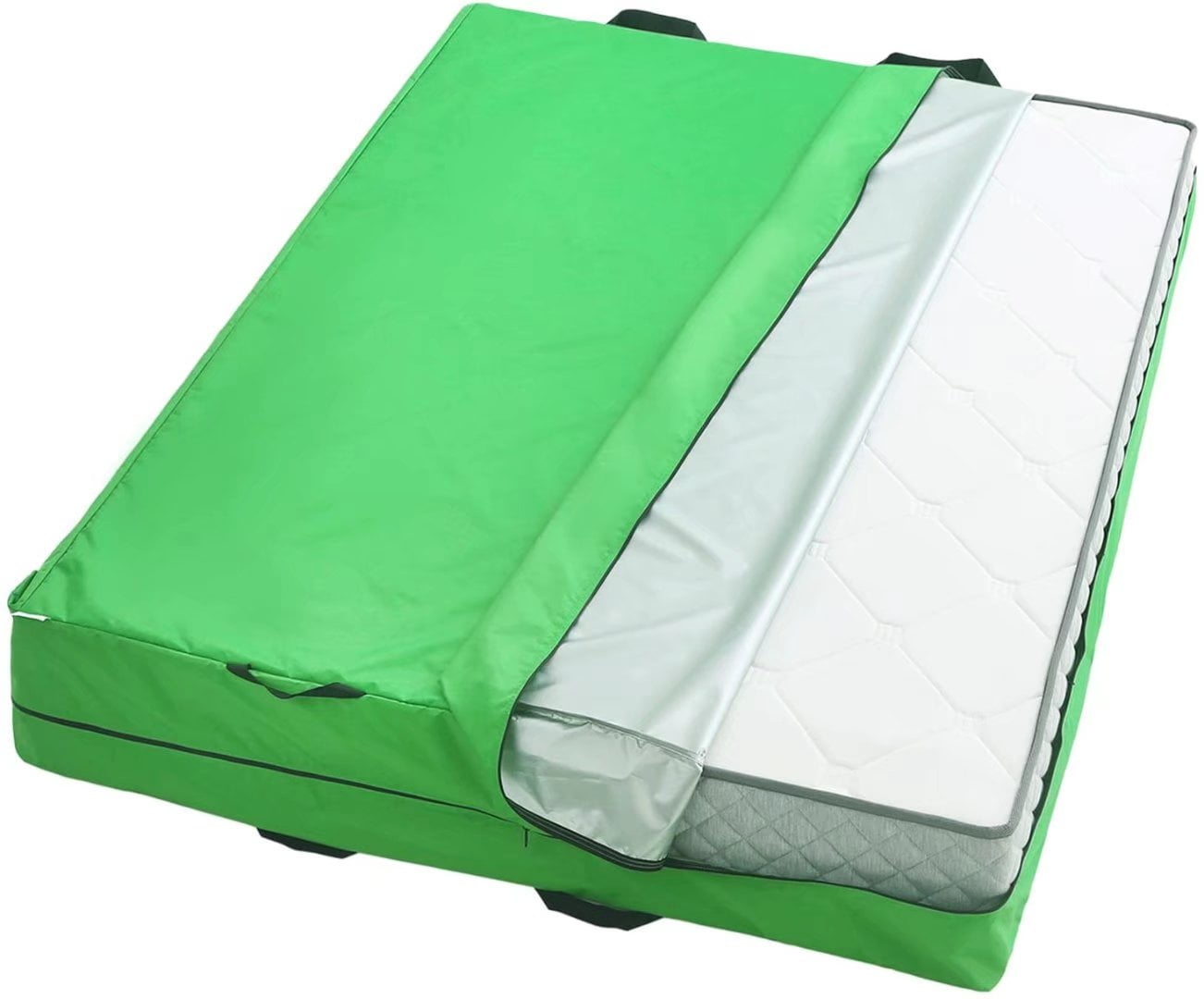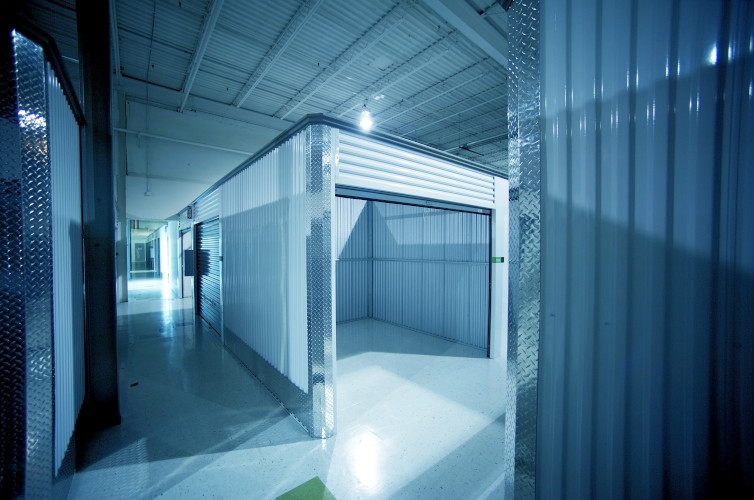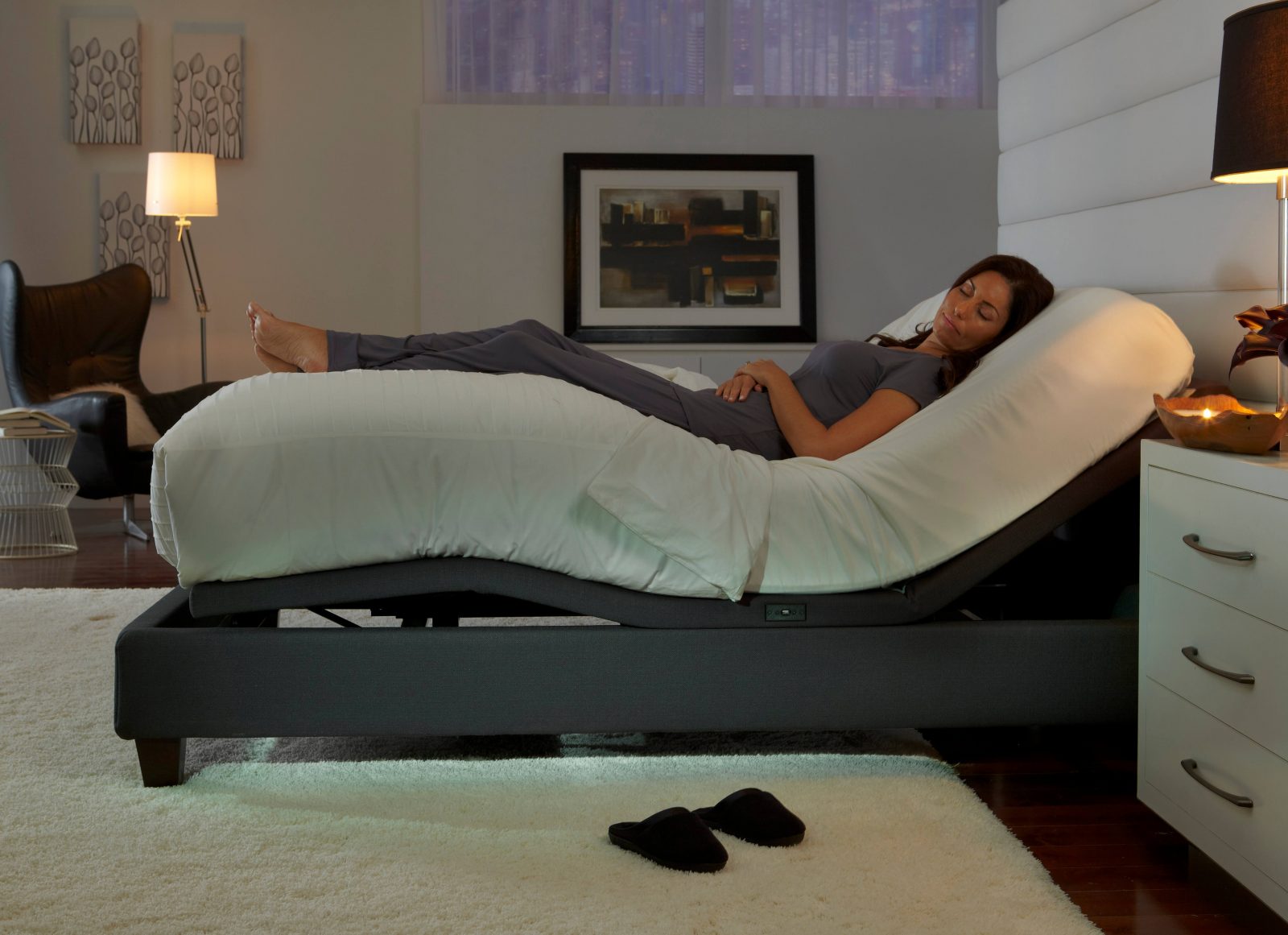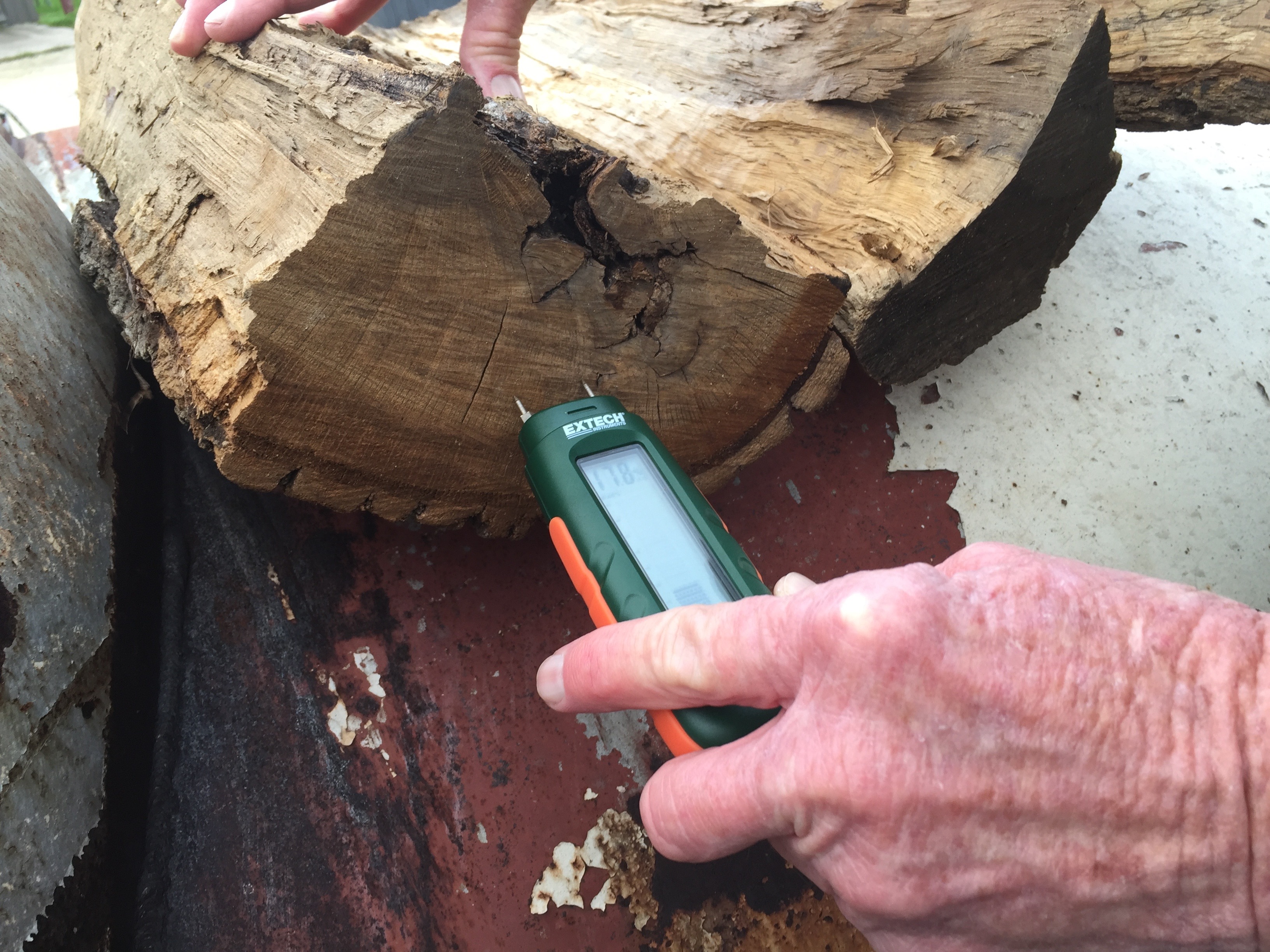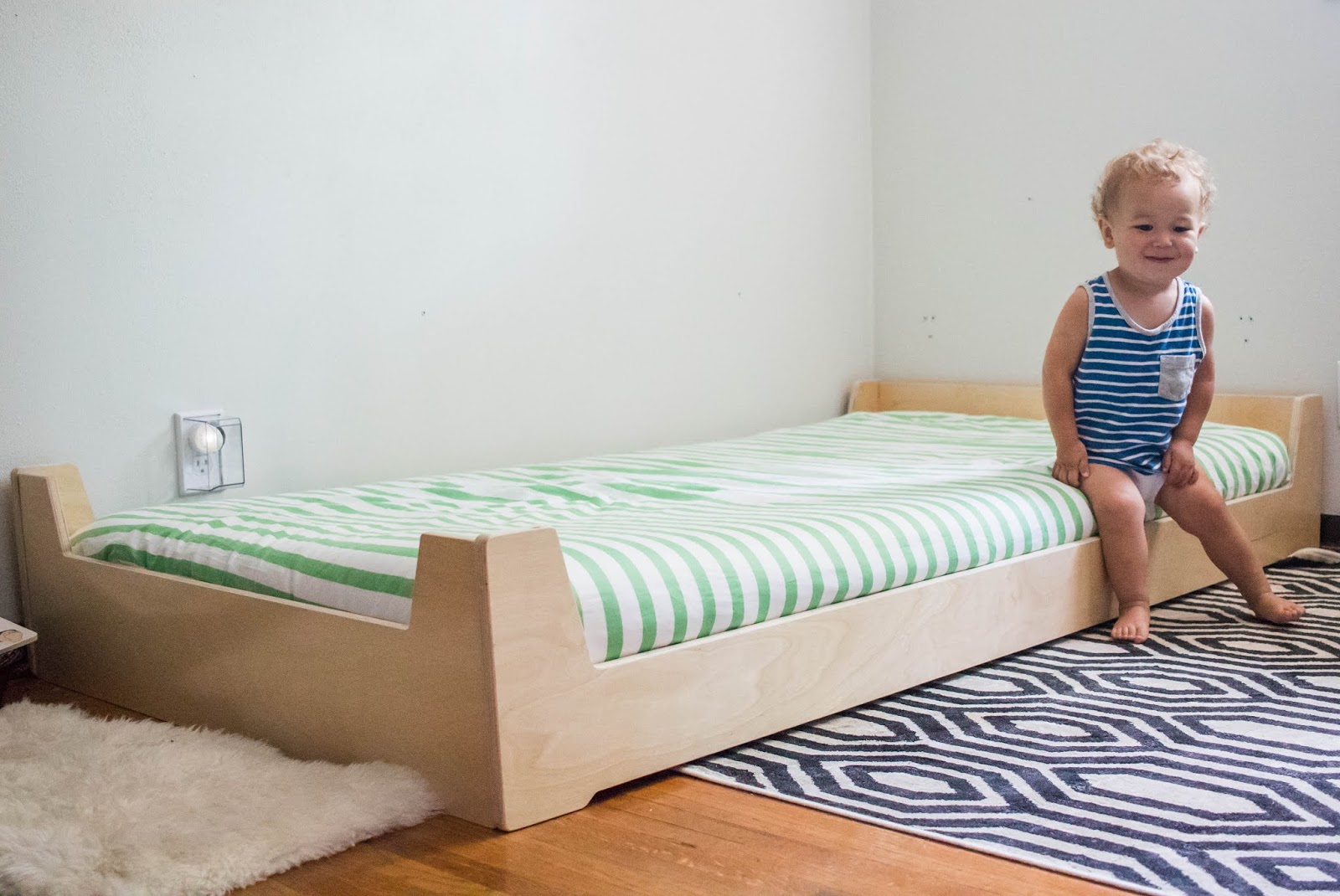If you want to protect your mattress in storage, one of the best ways to do so is by using a mattress cover. This is a specially designed cover that fits snugly around your mattress, providing a barrier against dust, dirt, and moisture. The cover is typically made of a durable, waterproof material that will keep your mattress safe from any spills or accidents that may occur during storage. It also helps to prevent any tears or damage to the mattress fabric. To use a mattress cover, simply slip it over your mattress and secure it in place. Make sure there are no gaps or openings where dust or moisture can enter.Using a Mattress Cover
Similar to a mattress cover, a mattress bag is another effective way to protect your mattress in storage. These bags are made of thick, tear-resistant plastic and are designed to completely encase your mattress. One of the benefits of using a mattress bag is that it provides an extra layer of protection against dust and moisture. It also makes it easier to move your mattress around, as the bag will keep it contained and prevent any loose dust or debris from falling out. To use a mattress bag, simply slide your mattress into the bag and seal it shut. You can use tape or a vacuum sealer to ensure the bag is completely closed.Using a Mattress Bag
If you want to take extra precautions to protect your mattress in storage, you can also consider vacuum sealing it. This involves using a vacuum sealer to remove all of the air from a plastic bag or cover, creating an airtight seal. Vacuum sealing can help to prevent moisture, dust, and pests from entering your mattress while in storage. It also helps to save space, as the sealed bag will compress the mattress and make it easier to store. To vacuum seal your mattress, place it in a large plastic bag or cover and use a vacuum sealer to remove the air. Make sure the bag is completely sealed before storing it.Vacuum Sealing
When it comes to storing your mattress, one of the most important factors to consider is the temperature and humidity of the storage space. Extreme temperatures and high levels of humidity can cause damage to your mattress, such as mold or mildew growth. If possible, it is best to store your mattress in a climate-controlled unit. This type of storage unit allows you to control the temperature and humidity levels, ensuring your mattress stays in good condition. If you cannot access a climate-controlled unit, make sure to store your mattress in a cool, dry place and regularly check for any signs of moisture or damage.Storing in a Climate-Controlled Unit
In addition to using a mattress cover or bag, you can also add an extra layer of protection by using a mattress pad. This is a thick, padded cover that goes on top of your mattress and provides an extra barrier against dust, dirt, and moisture. Mattress pads are also great for absorbing any spills or accidents that may occur while in storage. They are easy to clean and can be removed and washed separately from the mattress. To use a mattress pad, simply place it on top of your mattress and secure it in place. Make sure there are no gaps or openings where dust or moisture can enter.Using a Mattress Pad
If you are on a budget and do not have access to a mattress cover or bag, an alternative option is to wrap your mattress in plastic wrap. This method is not as effective as using a specialized cover, but it can still provide some protection against dust and moisture. To wrap your mattress, simply use a large roll of plastic wrap and tightly wrap it around the entire mattress. Make sure to cover all sides and seal the wrap shut. Keep in mind that this method may not be as durable as using a cover or bag, so it is important to regularly check for any tears or damage to the plastic wrap.Wrapping in Plastic Wrap
Another way to protect your mattress in storage is by elevating it off the ground. This is especially important if you are storing your mattress in a basement or garage, where moisture may be present. By keeping your mattress off the ground, you can prevent any moisture from seeping into the bottom of the mattress. You can use wooden pallets, bricks, or even a sturdy table to elevate your mattress. Make sure to place a barrier, such as a tarp or plastic sheet, between the elevated surface and your mattress to prevent any potential damage.Elevating the Mattress
To further protect your mattress from moisture and humidity, you can also use desiccant packs in your storage space. These small bags contain a substance that absorbs moisture from the air, helping to keep your mattress dry. Desiccant packs are commonly used in packaging and can be found at most hardware or home improvement stores. Place a few packs near your mattress in storage to help keep the air dry.Using Desiccant Packs
Whether you are using a climate-controlled unit or storing your mattress in a regular storage space, it is important to regularly check for moisture and signs of damage. This will allow you to catch any issues early on and prevent them from getting worse. Make sure to open up your mattress cover or bag and inspect your mattress for any signs of moisture, mold, or mildew. If you notice any, immediately remove your mattress and allow it to dry before storing it again.Regularly Checking for Moisture
Last but not least, one of the best ways to protect your mattress in storage is by properly cleaning and drying it before storing it away. This will help to prevent any stains or odors from setting in while in storage. Start by vacuuming your mattress to remove any dust and debris. Then, spot clean any stains with a gentle cleaner and allow it to completely dry before storing it. You can also use a fabric freshener or odor eliminator to keep your mattress smelling fresh while in storage. In conclusion, protecting your mattress in storage is crucial to maintaining its quality and prolonging its lifespan. By following these 10 best ways, you can ensure that your mattress stays clean, dry, and in good condition until it is ready to be used again.Properly Cleaning and Drying the Mattress Before Storage
Additional Ways to Protect Your Mattress in Storage

Invest in a Mattress Bag
 One of the best ways to protect your mattress while in storage is to invest in a
mattress bag
. These bags are specially designed to fit mattresses of different sizes and provide an extra layer of protection against dust, dirt, and moisture. They are made of durable and water-resistant materials that keep your mattress safe and secure during storage.
Vacuum-sealed mattress bags
are also available, which not only protect your mattress but also compress it, making it easier to store in smaller spaces.
One of the best ways to protect your mattress while in storage is to invest in a
mattress bag
. These bags are specially designed to fit mattresses of different sizes and provide an extra layer of protection against dust, dirt, and moisture. They are made of durable and water-resistant materials that keep your mattress safe and secure during storage.
Vacuum-sealed mattress bags
are also available, which not only protect your mattress but also compress it, making it easier to store in smaller spaces.
Use a Mattress Cover
Elevate Your Mattress
 When storing your mattress, it's important to keep it off the ground to avoid any potential moisture or damage.
Elevating your mattress
on a sturdy platform or pallets is a great way to protect it. This will also allow for proper air circulation, preventing any mold or mildew from forming. Be sure to cover the platform or pallets with a clean cloth or plastic sheet to provide an extra layer of protection.
When storing your mattress, it's important to keep it off the ground to avoid any potential moisture or damage.
Elevating your mattress
on a sturdy platform or pallets is a great way to protect it. This will also allow for proper air circulation, preventing any mold or mildew from forming. Be sure to cover the platform or pallets with a clean cloth or plastic sheet to provide an extra layer of protection.
Store in a Climate-Controlled Unit
 If you have the option, consider storing your mattress in a
climate-controlled storage unit
. These units maintain a consistent temperature and humidity level, which is crucial for protecting your mattress. Extreme temperatures can cause the materials in your mattress to break down, resulting in sagging or mold growth. By storing your mattress in a climate-controlled unit, you can ensure that it stays in pristine condition while in storage.
If you have the option, consider storing your mattress in a
climate-controlled storage unit
. These units maintain a consistent temperature and humidity level, which is crucial for protecting your mattress. Extreme temperatures can cause the materials in your mattress to break down, resulting in sagging or mold growth. By storing your mattress in a climate-controlled unit, you can ensure that it stays in pristine condition while in storage.
Regularly Check on Your Mattress
 It's important to periodically check on your mattress while it's in storage. This will allow you to catch any potential issues early on and take necessary precautions. If you notice any signs of mold, mildew, or damage, take immediate action to prevent further damage. This could include moving the mattress to a different location or investing in additional protection.
In conclusion, protecting your mattress in storage is crucial to ensure its longevity and quality. By following these additional tips, you can rest assured that your mattress will remain in top condition until you're ready to use it again. Remember to always invest in quality protection materials and regularly check on your mattress to prevent any potential damage.
It's important to periodically check on your mattress while it's in storage. This will allow you to catch any potential issues early on and take necessary precautions. If you notice any signs of mold, mildew, or damage, take immediate action to prevent further damage. This could include moving the mattress to a different location or investing in additional protection.
In conclusion, protecting your mattress in storage is crucial to ensure its longevity and quality. By following these additional tips, you can rest assured that your mattress will remain in top condition until you're ready to use it again. Remember to always invest in quality protection materials and regularly check on your mattress to prevent any potential damage.








